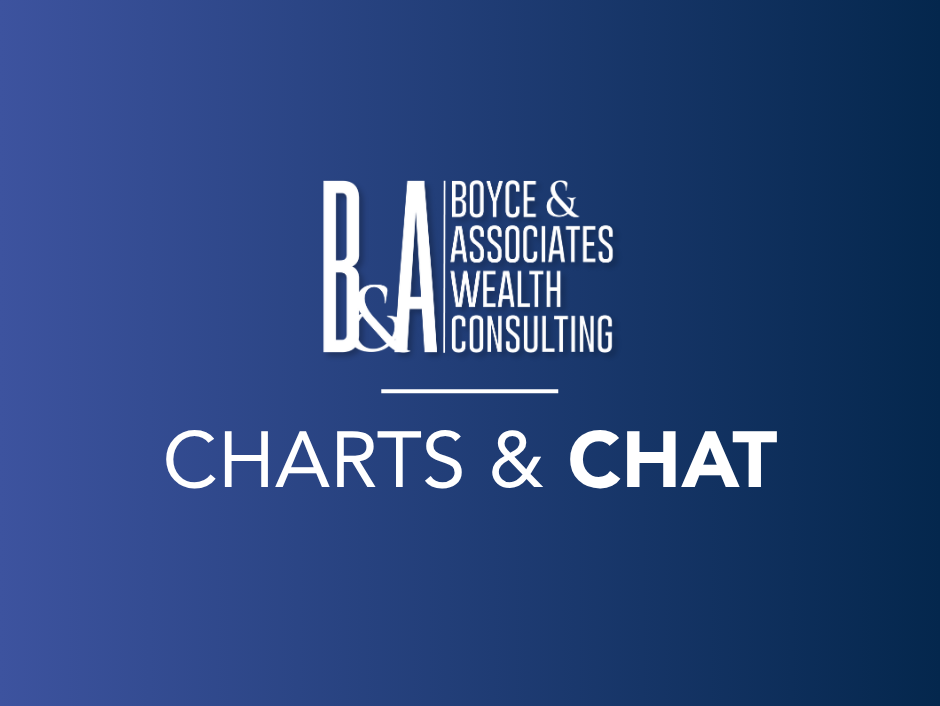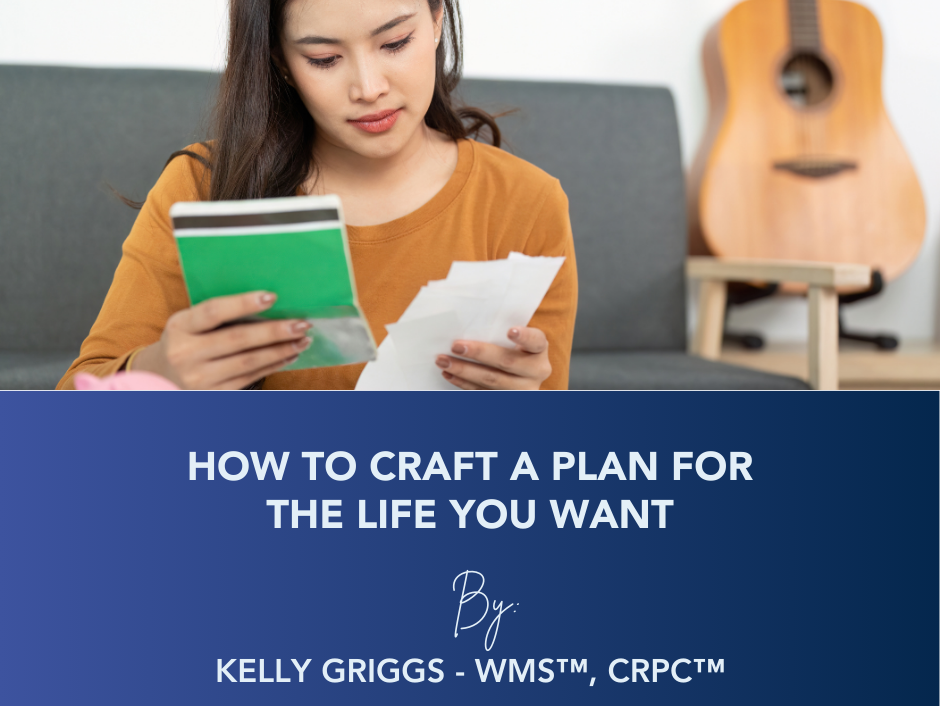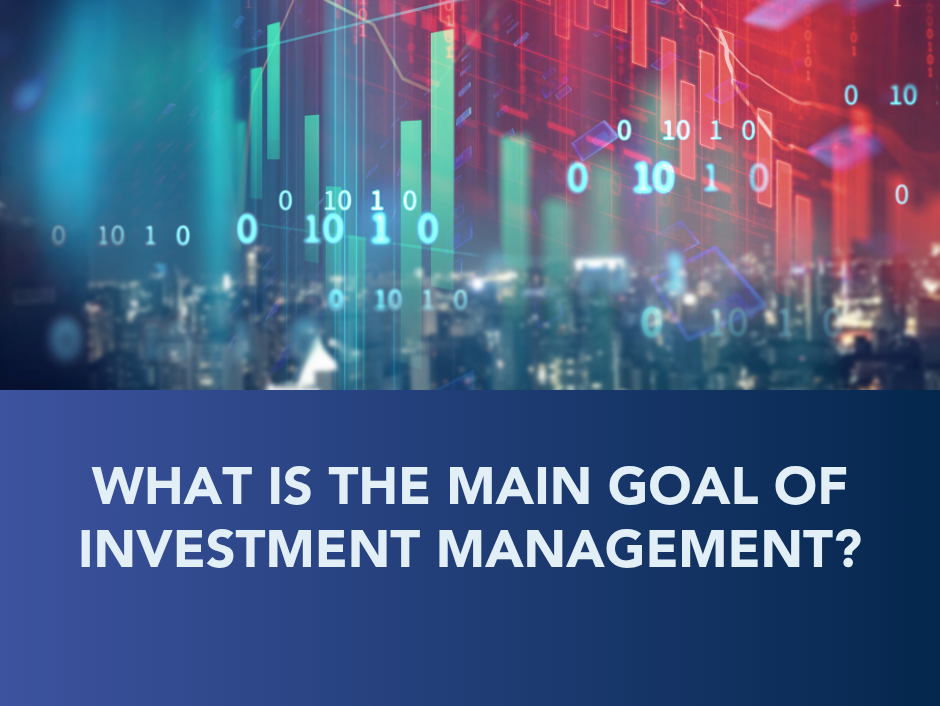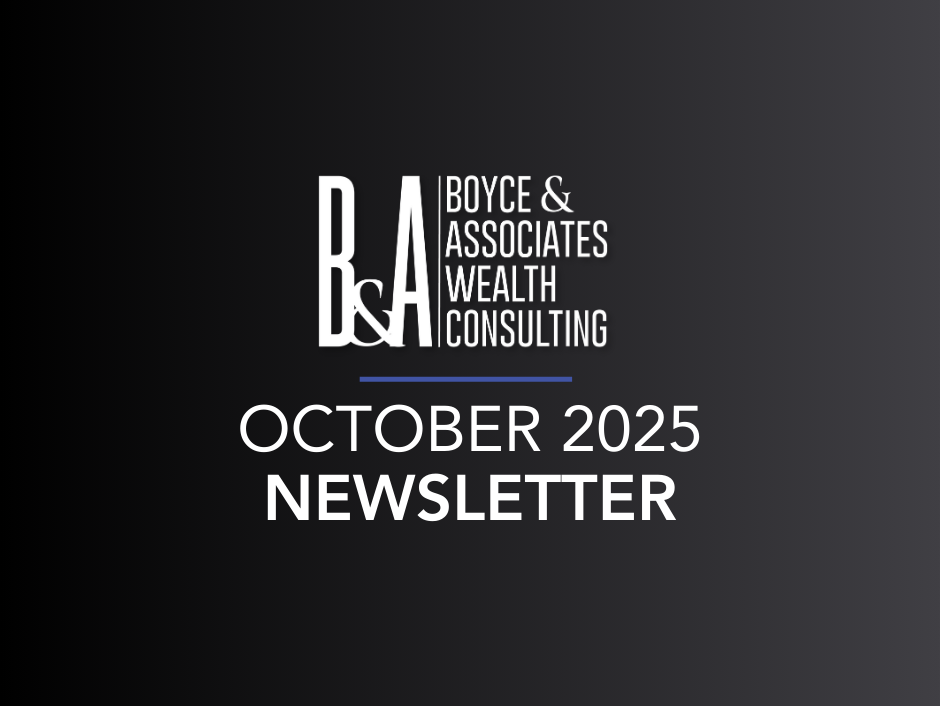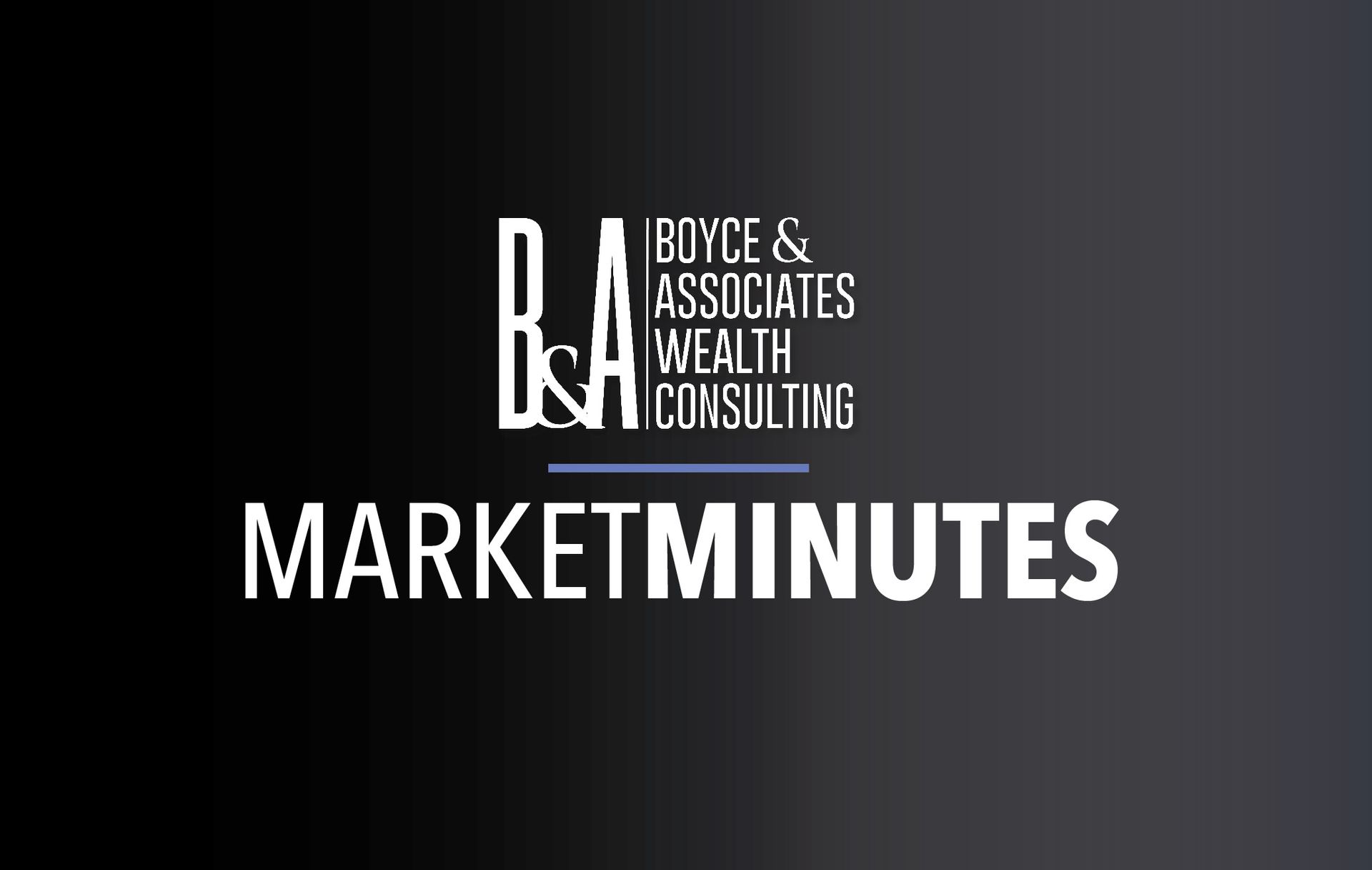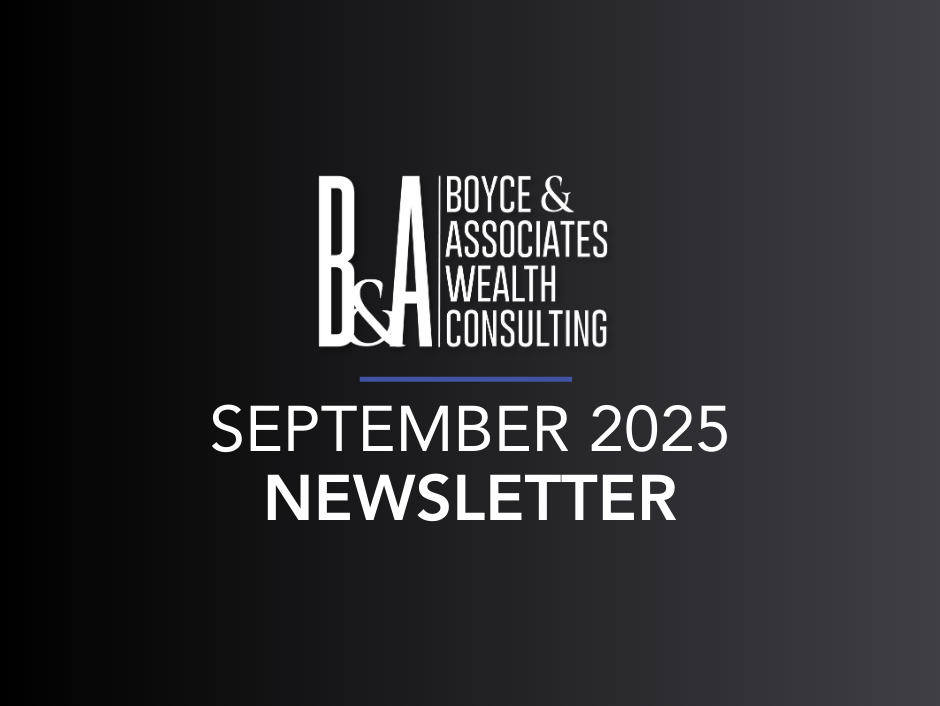June 2025 Newsletter
Dear Clients and Friends,
As we reflect on the current investment landscape entering April 2025, we want to address the topic of market volatility and how we are managing your portfolio in this environment.
Understanding Current Market Dynamics:
As we step into June, the vibrant energy of summer is palpable, and the financial markets continue to present both opportunities and areas requiring careful consideration. Based on recent economic data and global developments, we have observed several key trends shaping the investment landscape as we approach the midpoint of 2025.
Economic Snapshot
First quarter economic growth was negative largely due to a rash of imports ahead of announced tariffs. News flow coming out of Washington has been fluid and unpredictable, although the aggressive rhetoric associated with the “Liberation Day” announcement in early April seems to have died down a bit. Notwithstanding, uncertainty is the word of the day. More recent “soft data” reflected in consumer sentiment, business surveys and leading economic indicators have been notably weak; meanwhile, we are just beginning to see some of the impact of recently announced tariffs in some of the so-called “hard data”, including orders for durable goods.
In addition, recent announcements from large retailers like Home Depot and Wal Mart reflect a distinct possibility of profit margin pressure ahead for corporate America. This, in turn, could impact an otherwise resilient labor market. With the average tariff on goods trade rising from 2.5% to ~14% or so, we would expect a fair amount of volatility in the data during the coming months.
The service economy, larger in scope than the goods manufacturing sector, has offered a bit of counterweight as of late, and it is certainly not a foregone conclusion that economic growth will be negative in the second quarter. Services will have to overcome slower government spending, investment, and net trade.
We do think the tone and rhetoric with the new administration has likely altered for the time being how other countries view the United States, and it remains to be seen how regional and global alliances will ultimately evolve and shape global economics over the next couple of years.
The risk of tariffs leading to near-term inflation continues to be a central theme. In addition, we saw a dramatic rise in the mentions of “stagflation” in recent corporate earnings calls.
Accordingly, this rather nuanced picture means the Federal Reserve is likely to remain vigilant, carefully assessing data before making significant policy shifts regarding interest rates. The market expects at least two short-term rate cuts this year, although the risk of tariff-induced inflation could delay those moves. The central bank is indeed in a tough spot.
Market Performance & Outlook
- Equities: Equity markets have demonstrated resilience, following one of the more volatile months in recent memory. The focus appears to have shifted to larger companies exhibiting strong profitability and financial condition. While broad market indices show mixed and volatile performance year-to-date, some sectors have done reasonably well. In addition, we are also seeing renewed interest in quality dividend-paying stocks, which offer a potential buffer against volatility. International equities have been a bright spot.
- Fixed Income: The fixed income market remains range bound, and the yield curve has flattened out a bit. Overall rates remain high, pushed up recently by the modest downgrade of US treasury debt by Moody’s rating service. Longer term rates remain anchored by longer term growth concerns; meanwhile, credit spreads have widened based on economic uncertainty, but do not yet signal elevated concern.
- Commodities: Commodity markets remain sensitive to global demand and supply dynamics, as well as geopolitical developments. Gold remains the “go to” asset in a risk-off environment, and energy prices, which are influenced by production and global growth forecasts, remain weak. Diversification within this asset class remains important to helping manage overall portfolio risk.
Key Considerations for Your Portfolio:
1. Quality over Quantity: In this environment, prioritizing companies with strong fundamentals, healthy cash flows, and sustainable business models is paramount.
2. Strategic Diversification: Maintaining a well-diversified portfolio across various asset classes, sectors, and geographies remains your best defense against unexpected market movements. History has proven time and time again that patience and persistence in maintaining your investment policy through volatile times generally leads to very respectable long-term performance.
3. Adaptability: The market continues to be dynamic. We emphasize the importance of regular portfolio reviews to ensure your investments remain aligned with your financial goals and risk tolerance.
Looking Ahead:
As we head into the second half of 2025, we anticipate that uncertainty will persist and that headlines will be almost as important as the fundamentals for risk-based assets. We continue to implement tools like structured investments to help take advantage of volatility when it presents itself, while also providing some downside protection and potential for higher income or enhanced growth over the next few years.
We will have to wait another month or so for the next round of company earnings reports and the first reading of second quarter economic growth. Our team will certainly be monitoring these events, as well as signs of potential Federal Reserve policy changes, geopolitical developments, and trade policy in an effort to find new opportunities and mitigate potential risks for your portfolio.
We are committed to providing you with personalized guidance through every market cycle. Please do not hesitate to reach out if you have any questions or would like to schedule a review of your current investment strategy.
Wishing you a productive and enjoyable start to summer!
Sincerely,
Eric Boyce, CFA
President & CEO
Forward-looking statements, estimates, and certain information contained herein are based upon proprietary and non-proprietary research and other sources. Information contained herein has been obtained from sources believed to be reliable but are not assured as to accuracy. Past performance is not indicative of future results. There is neither representation nor warranty as to the current accuracy of, nor liability for, decisions based on such information.
Risks: All investments, including stocks, bonds, commodities, alternative investments and real assets, should be considered speculative in nature and could involve risk of loss. All investors are advised to fully understand all risks associated with any kind of investment they choose to make. Hypothetical or simulated performance is not indicative of future results.
Investment advisory services offered through Boyce & Associates Wealth Consulting, Inc., a registered investment adviser. Boyce & Associates Wealth Consulting, Inc. has Representatives Licensed to sell Life Insurance in TX and other states.
